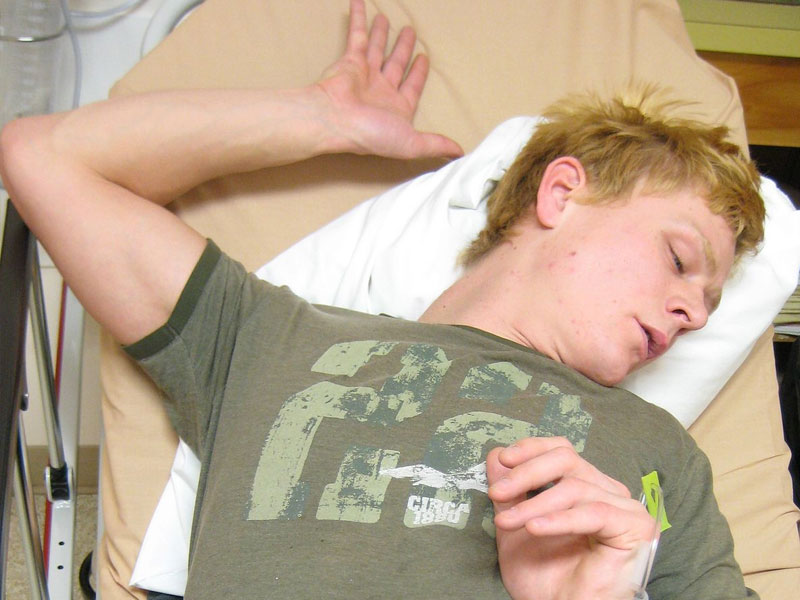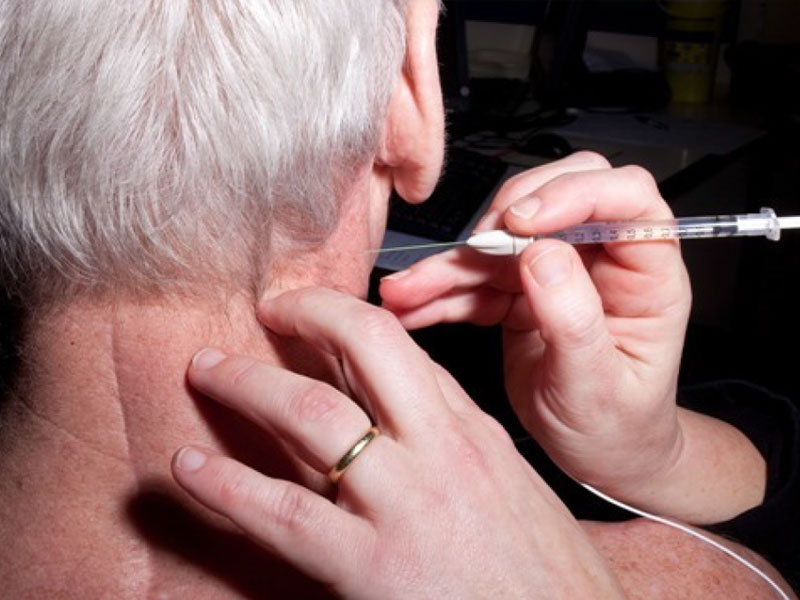Dystonia is a sustained or intermittent muscle contraction that causes abnormal movements and/or postures. Dystonia may involve a single area of the body or a group of muscles. As per the American Dystonia Society, approximately 300,000 people in North America are diagnosed with this disease. Dystonia patients could have pain due to muscle spasms and cramping associated with this movement disorder. The most common dystonia that we see in India is hemifacial spasm, Writer’s cramp, focal dystonia, blepharospasm, cervical dystonia/ torticollis and oromandibular dystonia.
Sensory tricks are sometimes helpful for the dystonia patients. People with dystonia have several techniques which they learn with time, to improve the symptoms. These are called sensory tricks / coping tips. These ideas don’t work for everyone as what works varies between individuals but you may choose to give them a try.










